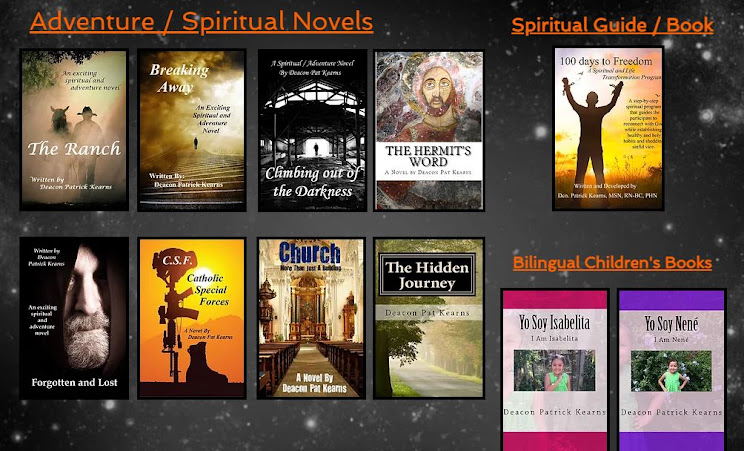
A gospel is a written account of the words and deeds of Christ.
It recounts the "Good News" of salvation in connection with Jesus.
Properly speaking there is only one gospel but there are different accounts of it.
Of the many gospel accounts that have come down to us through history, only four collected in the Bible are considered canonical and sacred.
Each gospel was written for a specific purpose and directed toward a specific group of people. This is specifically why none of the gospels are exactly alike and why some contain different information than others.
Mark
This was the first gospel to be written. It was written around the year 70 A.D. in Rome and set the basic format for the story of Jesus.
This gospel was written at a time of impending persecution and when destruction loomed over Jerusalem.
It was written for gentiles, unfamiliar with Jewish customs.
The book aims to equip such Christians to stand faithful in the face of persecution.
Matthew
This gospel was written around the year 85 A.D. for Jewish as well as Gentile Christians.
It was written in Antioch, Syria.
This gospel was written after the fall of Jerusalem and the destruction of the temple.
Luke
Written around the years 80-90 A.D.
Written for Non-Palestine Gentile Christians
Writing to the Greek Christians
John
Written between 90- 100 A.D.
Ephesus is a possible place of origin.
Writing to the Gentile Christians
I was told that each gospel gives a different slant, view, take on Jesus of Nazareth, is that true?
Yes
MATTHEW
In this gospel, Matthew's account focuses on Jesus' human nature and Jewish ancestry. The gospel begins with a long genealogy of Jesus' ancestry. Many references are made to the Hebrew scriptures to affirm that Jesus was the Messiah, the fulfillment of many forshadowings and prophesies.
Matthew includes many of Jesus' sayings, emphasizing Him as a great teacher.
Matthew speaks of things that are familiar to the Jewish community and explains them so that gentile Christians will also understand.
MARK
This gospel begins with John the baptist "the voice of one crying out in the desert - like a roar of a lion."
He describes Jesus as a man of action with Jesus and his disciples doing thinks promptly and directly as they flee and rush about. Jesus demonstrates His authority over demons and His power to forgive sins.
He also conveys a Royalty of Jesus, a Royal Dignity, knowing Jesus as the Son of God.
Mark's presentation is straight forward and vigorous with an emphasis on courage.
LUKE
This gospel begins with a scene in the temple where animals were sacrificed. The is a focus on the sacrificial aspects of Jesus' life.
The is the most literary and refined gospel, also giving an "orderly account" of many events.
Luke was believed to be a doctor, focuses on the healing of Jesus' miracles.
He showed a sensitivity toward the sick, the suffering, the poor, and the marginalized.
Luke also continues his writing in the "Acts of the Apostles" where the growth and spread of Christianity continued.
JOHN
His vision sees far into the mysteries of heaven, opening the gospel with a radiant poem "The Word became Flesh."
John speaks the most about Jesus as the Christ, the divine Son of God.
John sees Jesus as "The Word through whom all things were created, coming down from heaven to dwell on earth."
It is John who speaks of Jesus as God's temple on earth, God's Holy of Holies, the presence of God among us.
John's gospel contains a soaring message that helps humanity share in that presence and rise to heaven in and with Jesus.
John gives us a strongly transcendence Jesus with an emphasis on the pre-existent Word and the incarnation of that Word in human flesh.
John also devotes many chapters showing the fellowship and relationships between Jesus and His disciples.
John emphasises the gift of eternal life through Christ, a gift that begins now to those who respond to Jesus as the Way, the Truth, and the Life.
A striking feature in this gospel is the symbolic use of common things from everyday life to point to spiritual realities, such as the use of water, bread, light, the shepherd and his flock, and the grape and the vine.







No comments:
Post a Comment